Housing
The Largest Cities in the World Are a Nightmare, Unless You Have Money
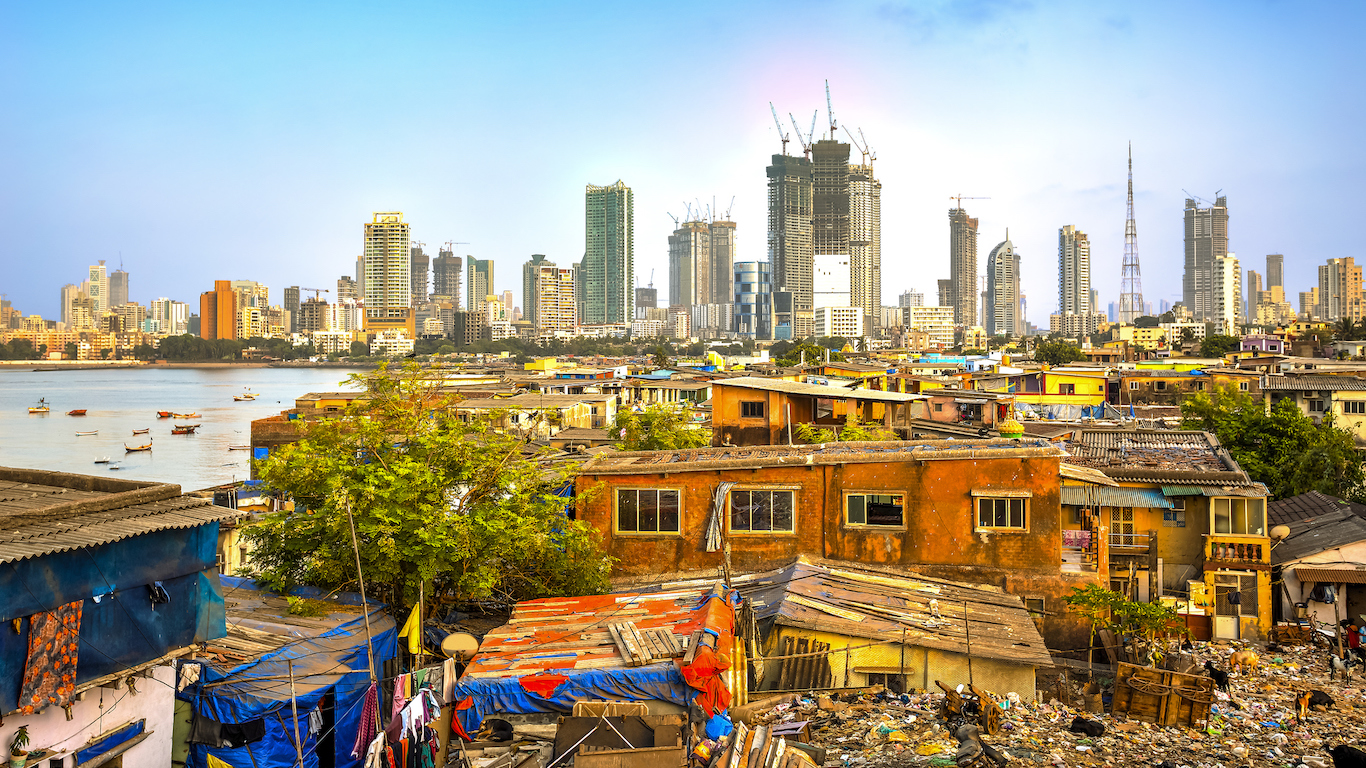
Published:

As the world approaches 9 billion people in the next decade, cities constantly expand to have enough room. There is no question that with this population and expansion, the increase in urbanization is creating significant wealth disparities. The rise of megacities like Tokyo and Dehli has given the world a look at how impactful income inequality can be for the rich and the poor.
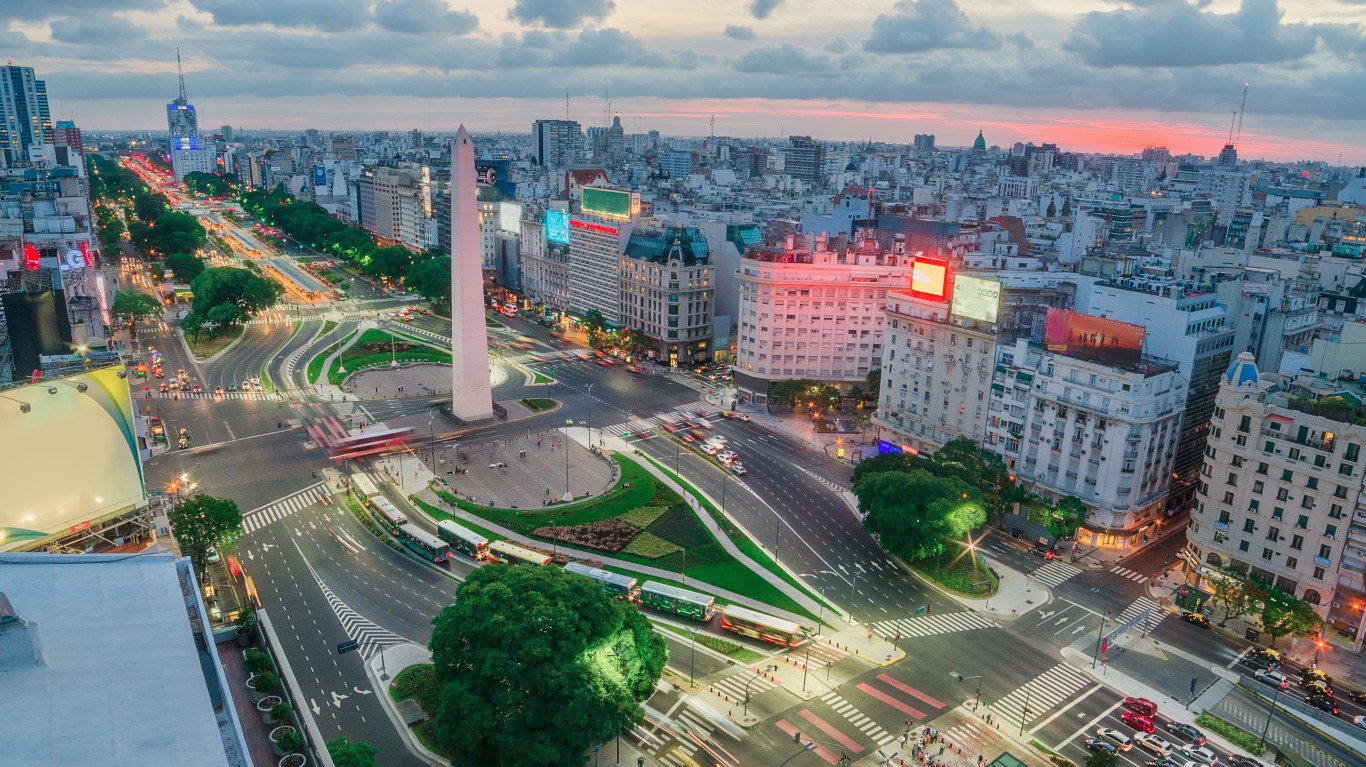
The poor areas in Buenos Aires, known as “villas miserias,” are often separated from the rich villas by little more than a wall. In Buenos Aires, the top 10% of its wealthiest residents control more wealth than the bottom 60%.
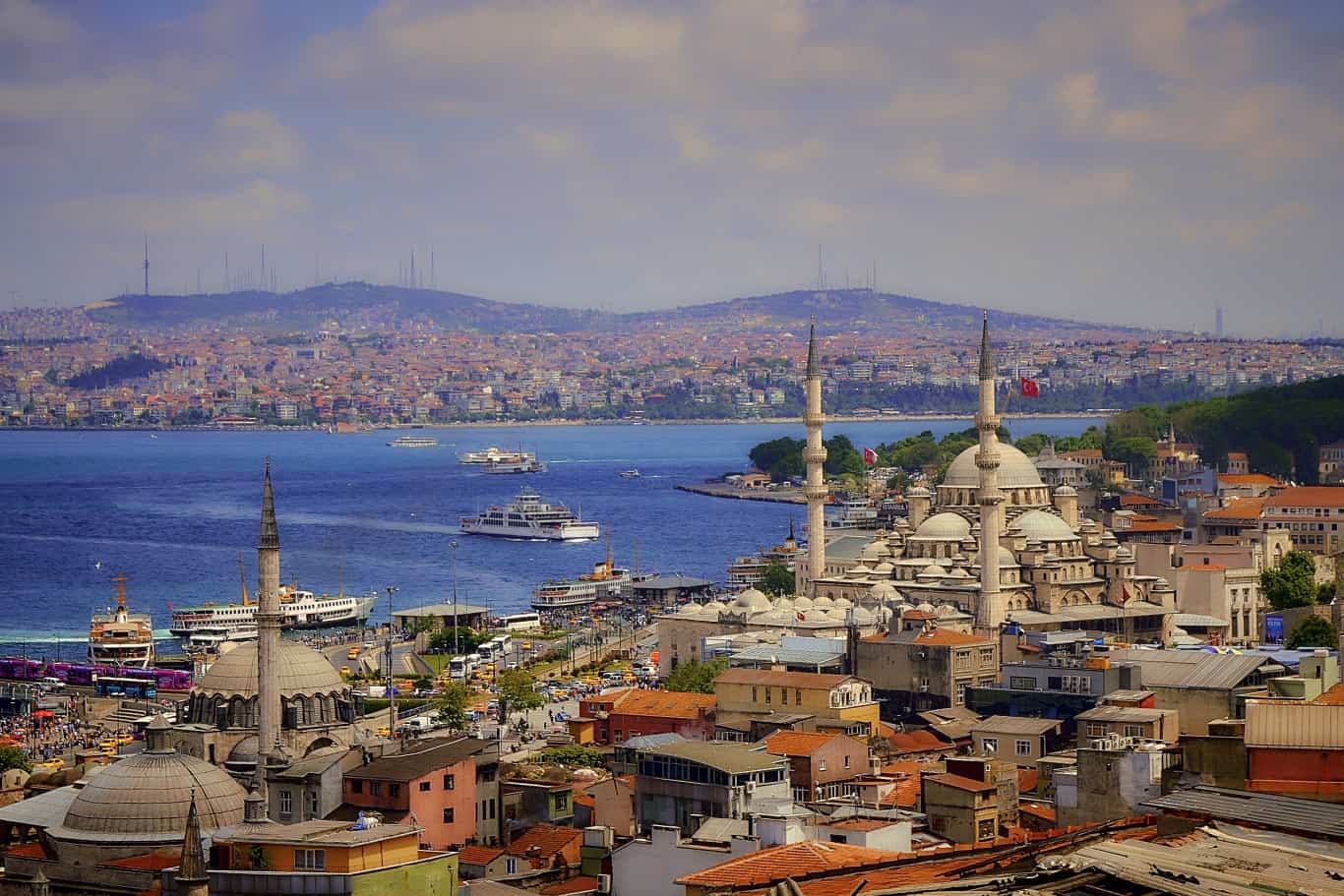
In Istanbul, Turkey, the income gap means the rich earn as much as 322 times more than the poorest 1% of the city’s residents. The top 20% of residents account for two-thirds of the city’s resources, including healthcare, while the most poor live inland in more slum-like conditions.
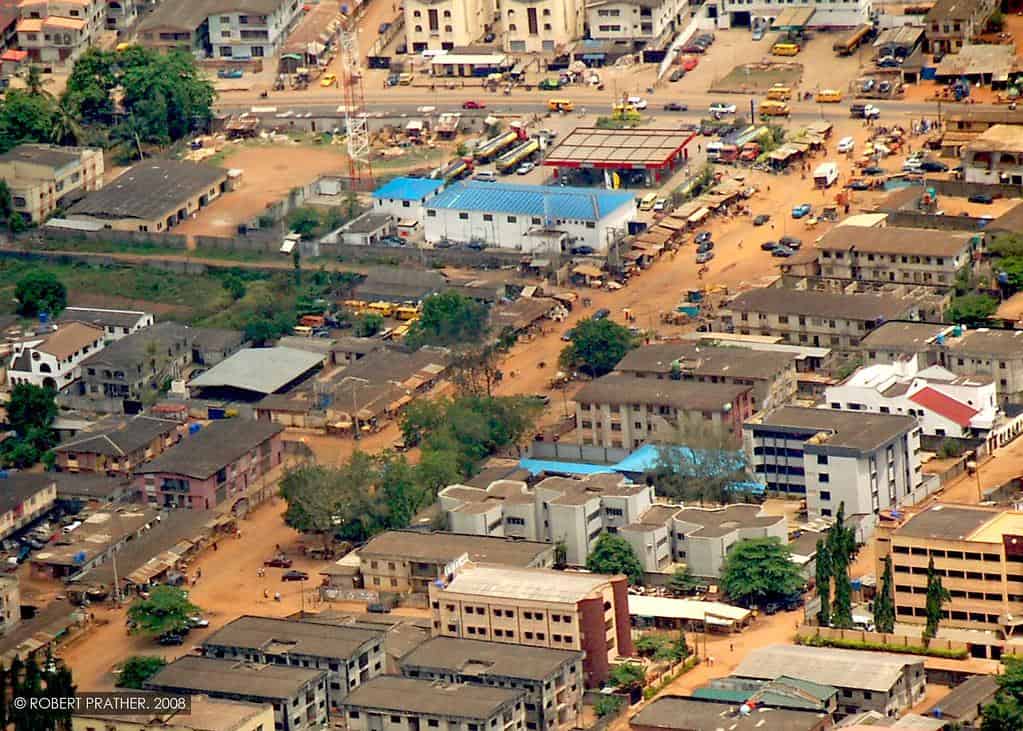
The rich in Lagos, Nigeria, will rent an apartment with electricity for as much as $22,000 US dollars per month. This is contrary to the poorest Lagos residents, who can make around $1.90 per day and won’t be able to afford healthcare. Around 60% of the city’s residents are considered to be living in slums.
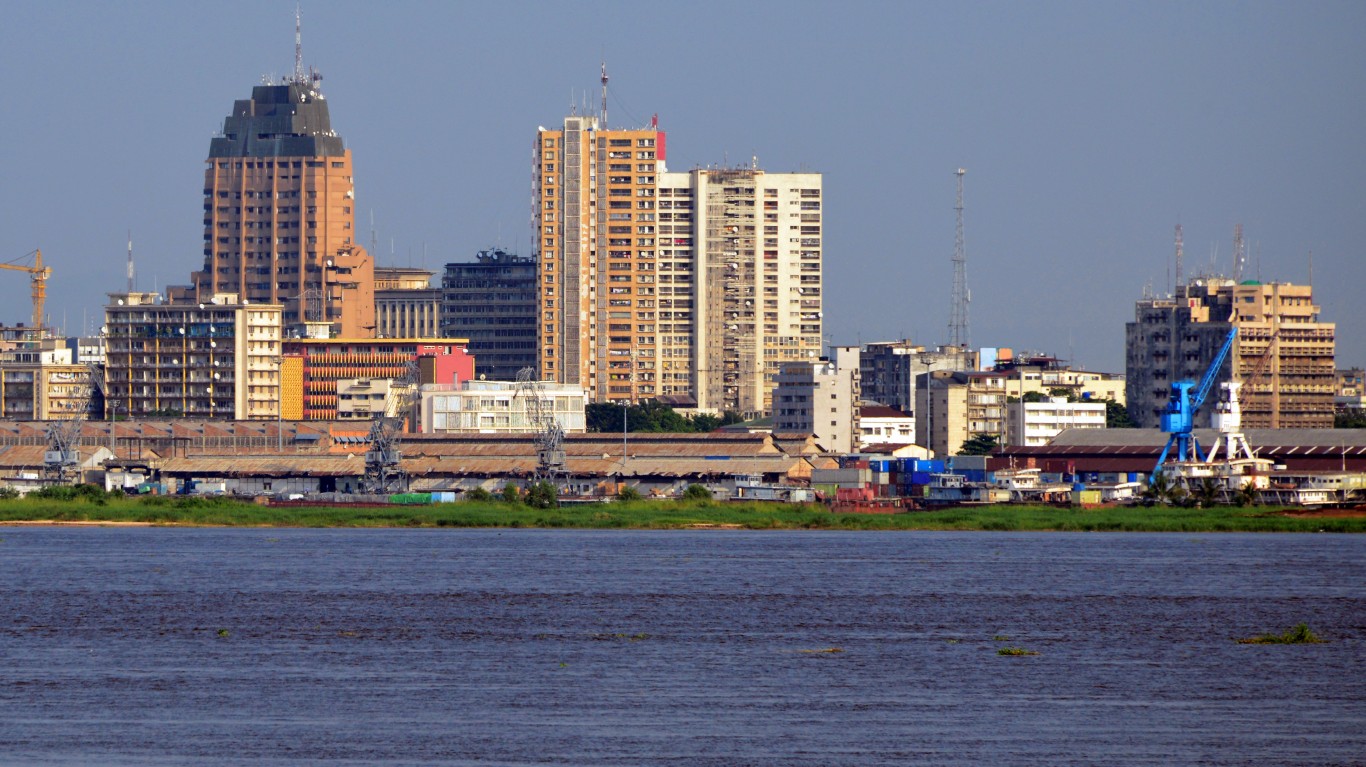
One of the poorest nations in Africa and the world, the rich are concentrated in Gombe, the city’s economic strength. For the poor, there is limited access to any major healthcare, food can be sparse, and poverty-driven living conditions are awful as this population can live on less than $2 per day.
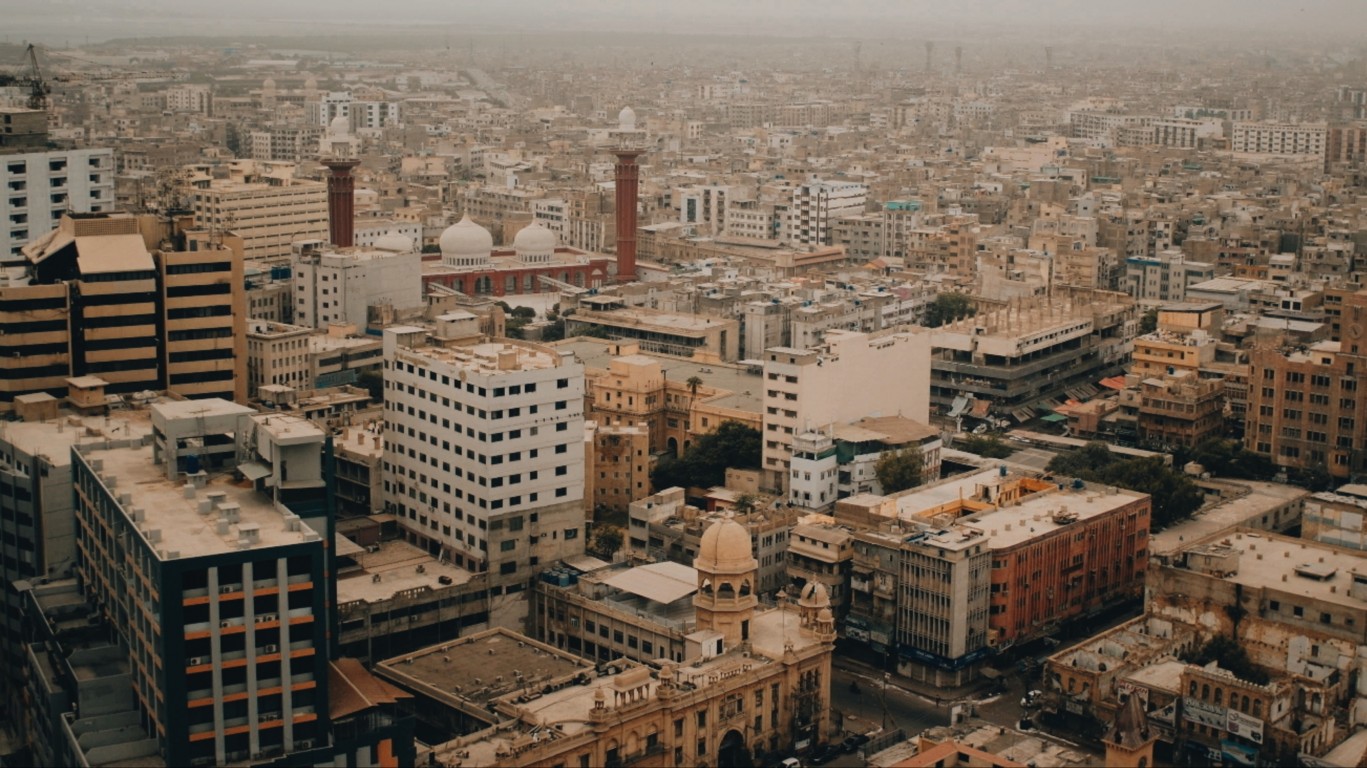
Karachi Pakistan, may as well be two different countries, as the gap between the rich and poor is substantial. In rich areas, 56 out of every 1,000 children won’t make it past five years old, while this number doubles in poorer areas, where they don’t even have access to a flushable toilet.
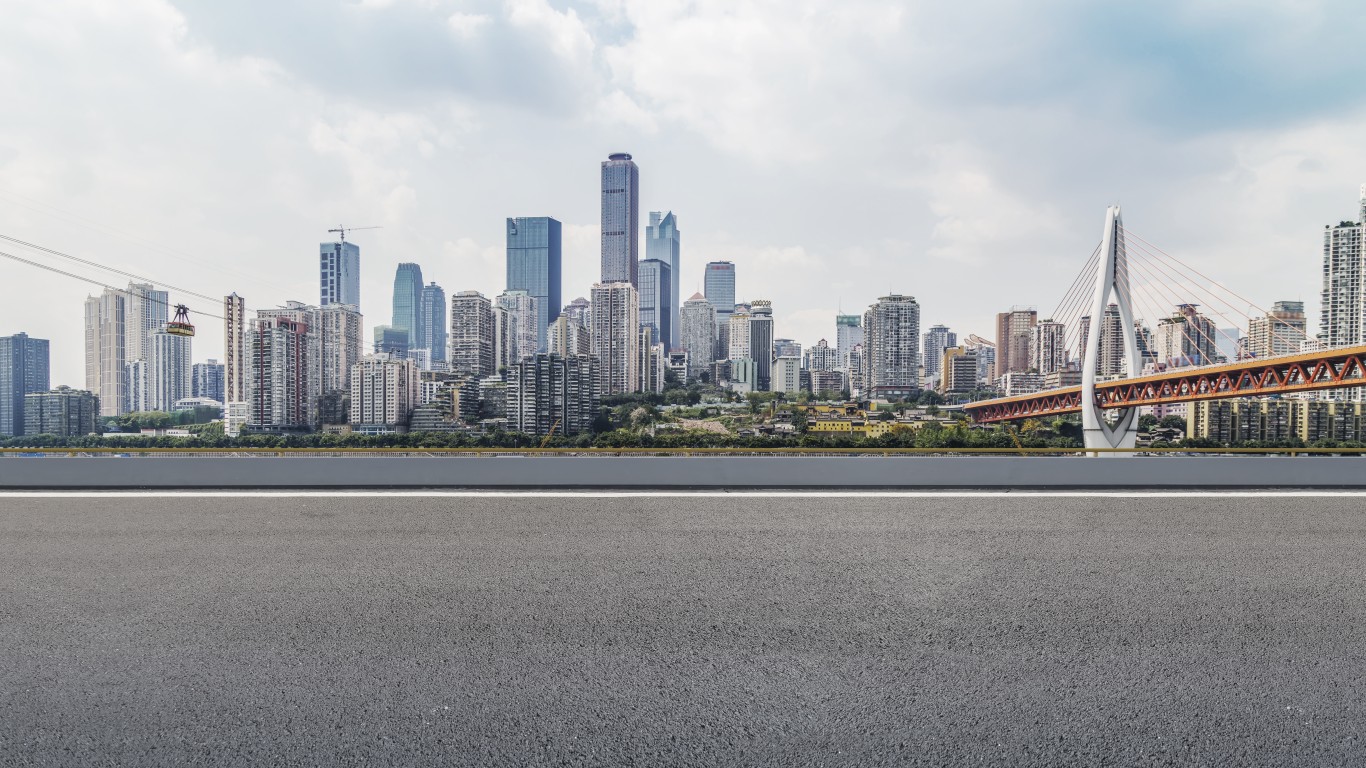
Even though the population of Chongqing, China, has increased, the working class, including those who serve the rich in places like restaurants, remains poor. Like other large Chinese cities, wealth is concentrated with 10% of the population enjoying access to priority healthcare.
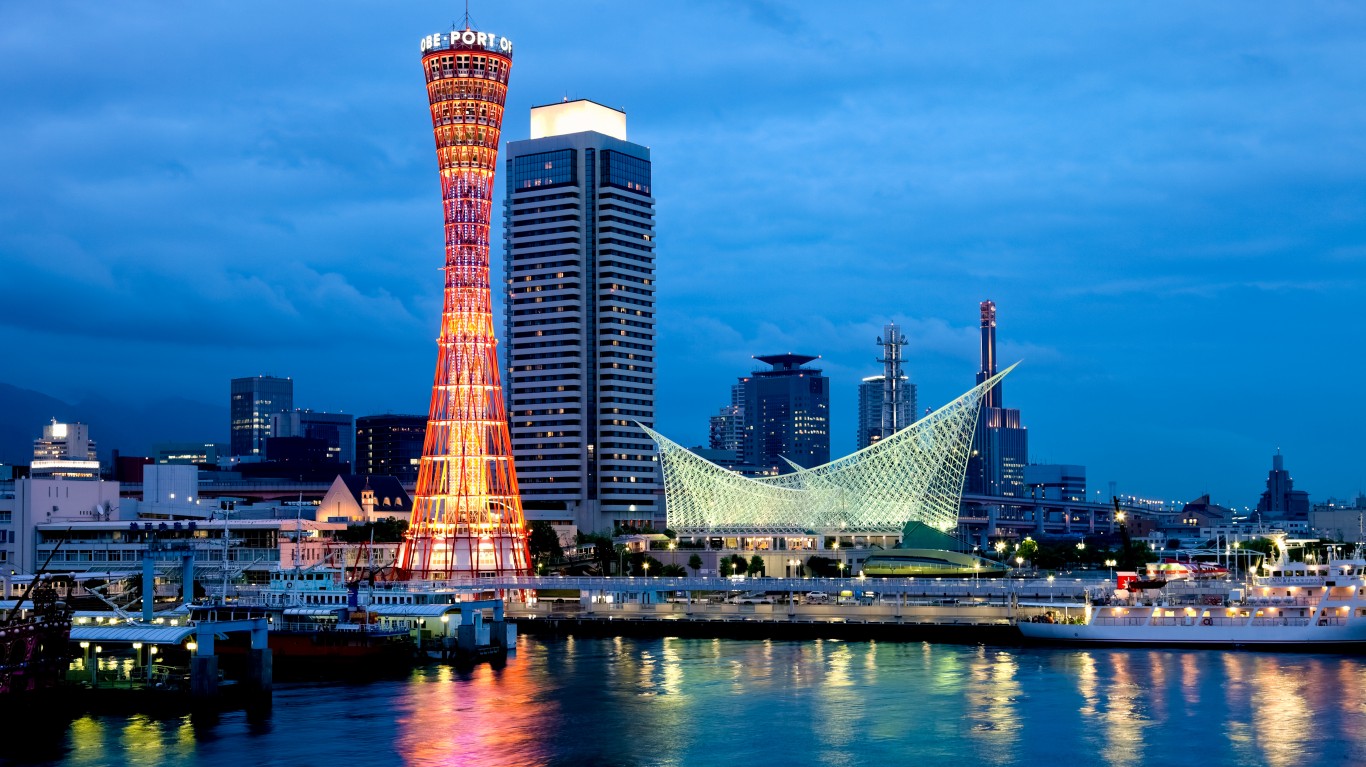
Even though Osaka costs less than Tokyo, it’s common to see the city’s oldest residents living in poverty. This is far more prominent here than in other Japanese cities, while the wealthy still enjoy access to much of Japan’s incredible technology and world-leading healthcare.
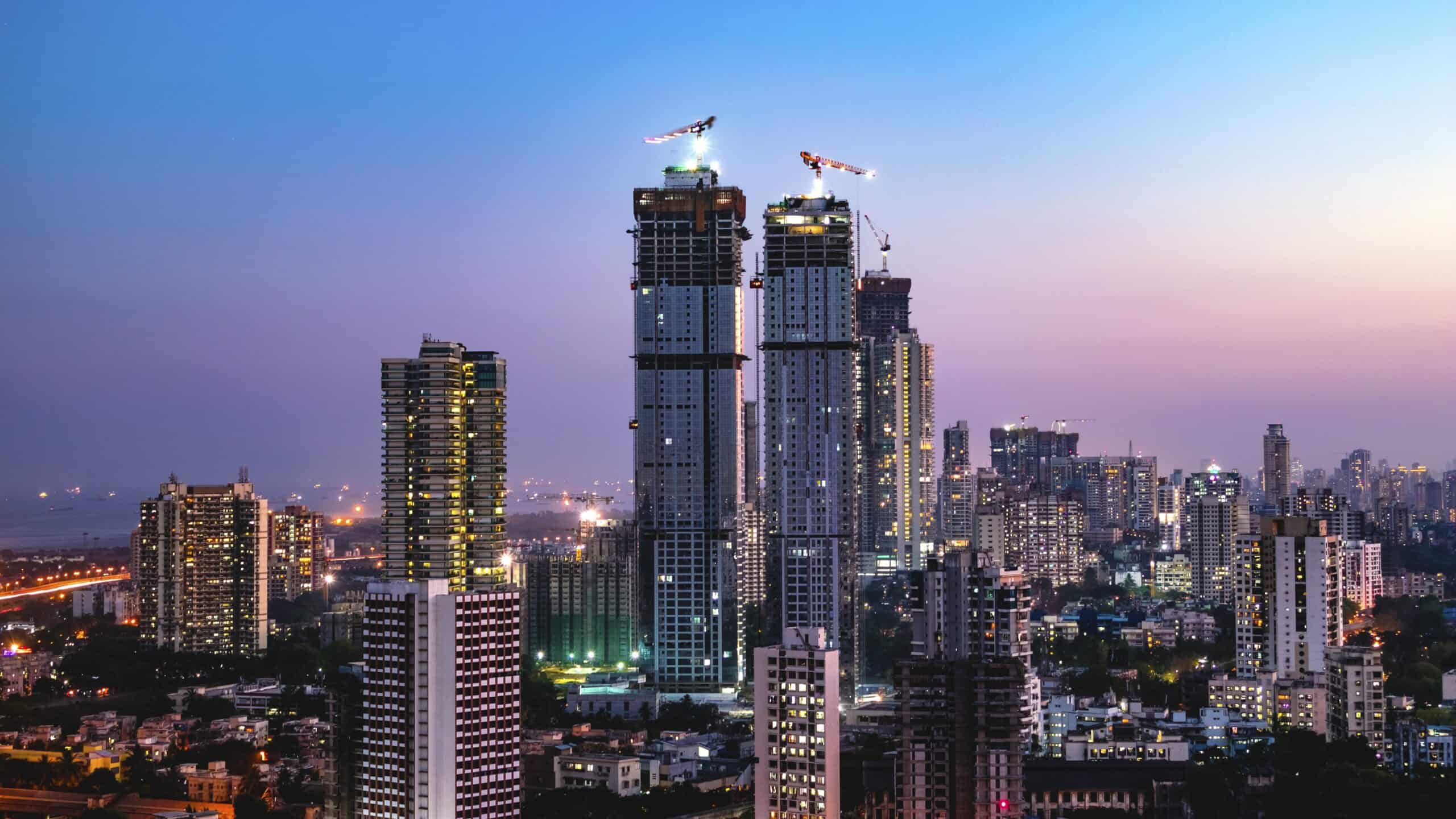
Mumbai undoubtedly has some of the worst living conditions for the poor in Asia. Approximately half of the city’s population lives in poverty, lacks healthcare, and lives near polluted rivers, making access to drinking water very difficult. Still, due to its billionaire population, the city is considered the 12th richest in the world.

Only the rich can afford to live in some regions of Beijing, with the very rich holding much of the area’s wealth. The bottom 50% of the city’s population only earns 15% of its income, which creates a huge disparity in living conditions, especially access to top-notch medical care.
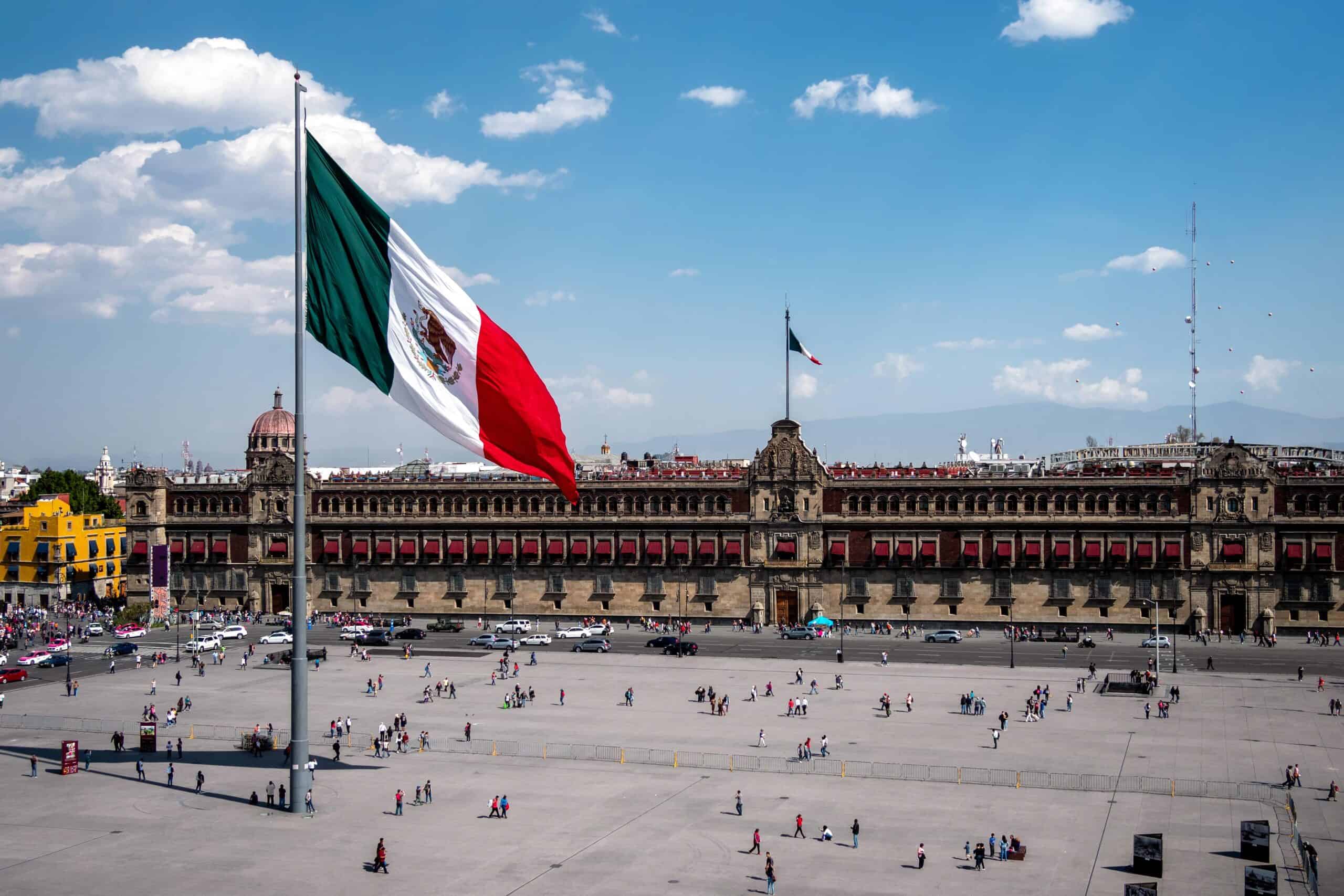
It’s not uncommon for the poor in Mexico City to live in squalid conditions, with half the population living on less than $4 a day. This contrasts with the wealthiest neighborhoods in Mexico City, which have garbage collection, paved streets, running water, and reliable electricity.
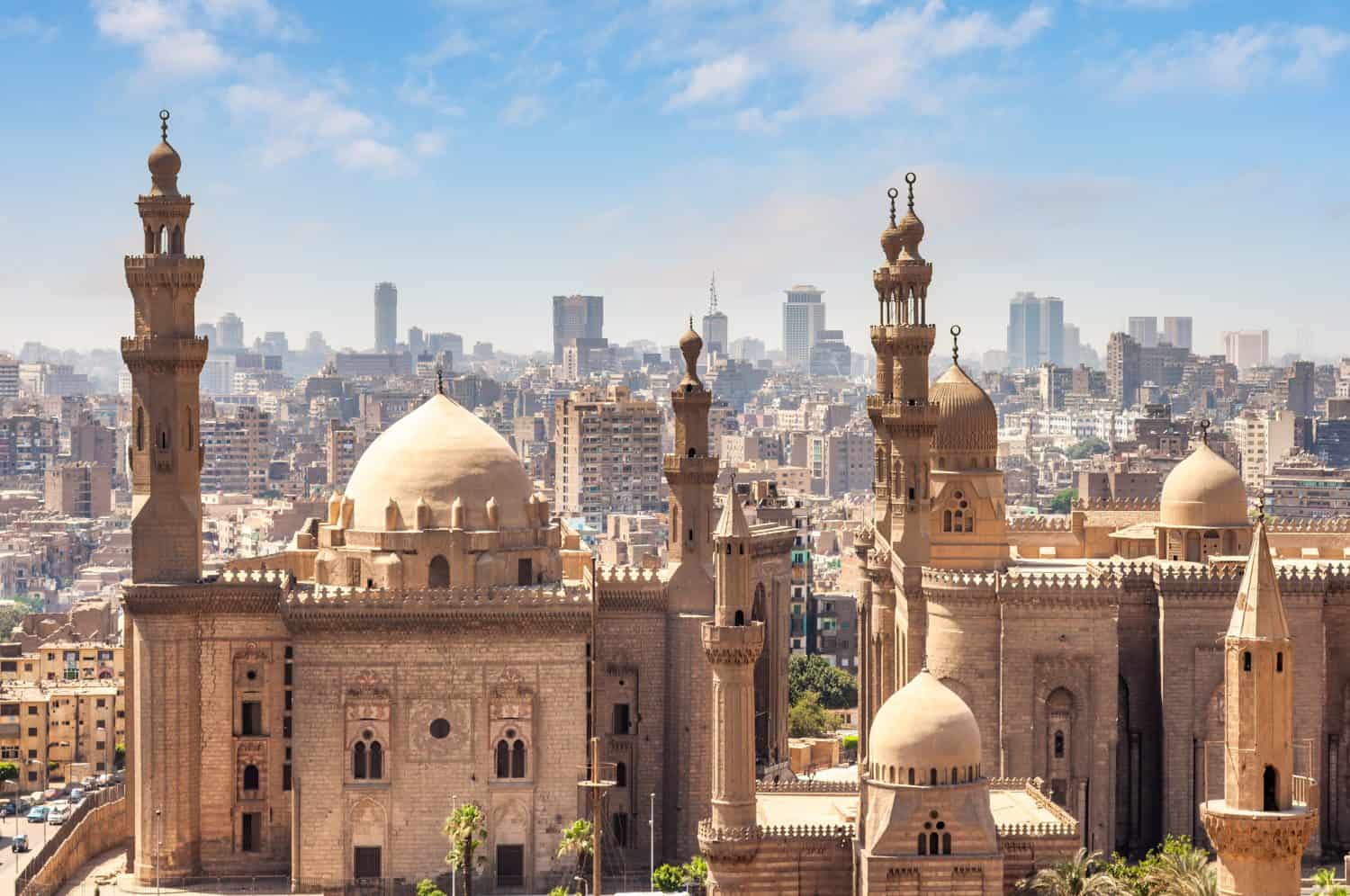
While the “poor” in Cairo are said to be better off than the poor in other countries, 18% of the city’s residents live in poverty. The rich enjoy much better conditions with private travel and a lower cost of living overall.
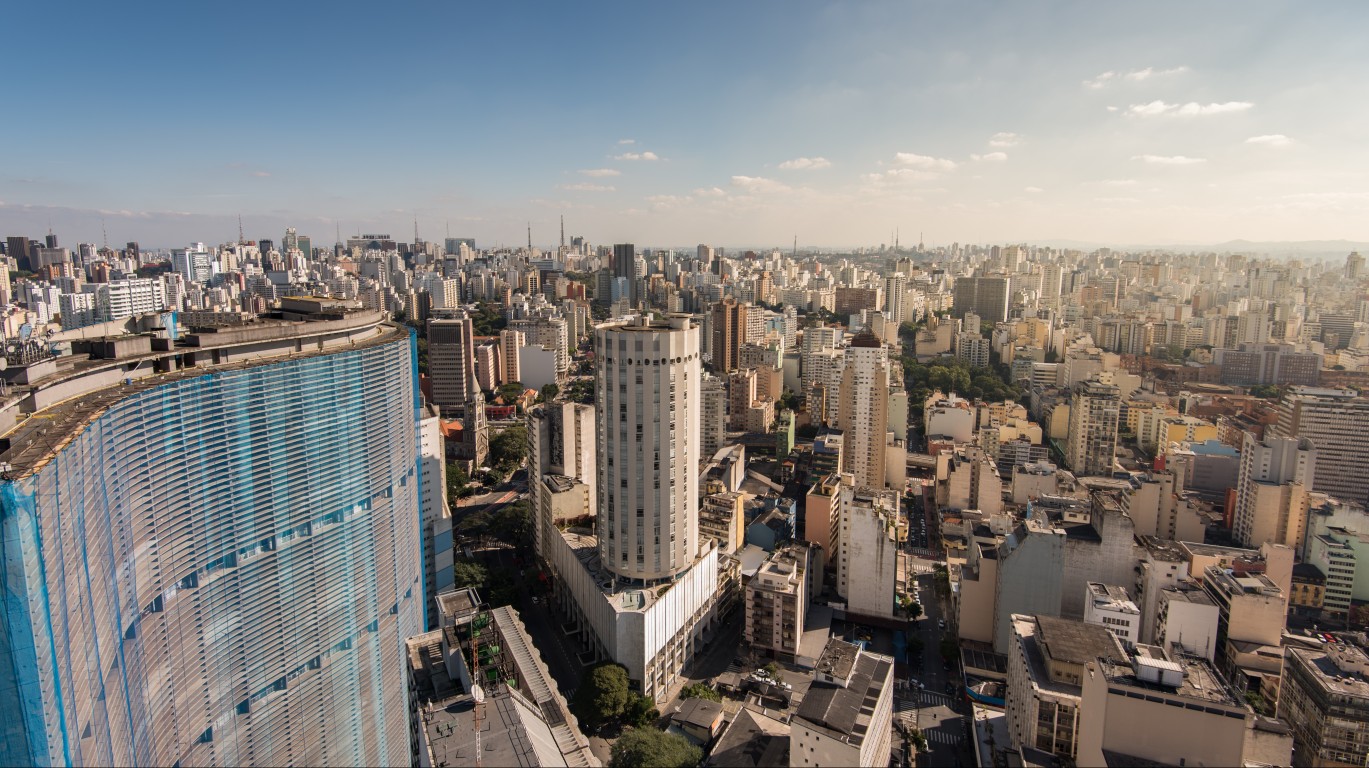
Slums are well known in Sao Paulo, the world’s fifth-largest city, where the poor live. They are even visible in wealthy areas. Life expectancy, in particular, is an issue in Sao Paulo, where the wealthy earn 12 times more than the average income and can live longer thanks to healthcare access.
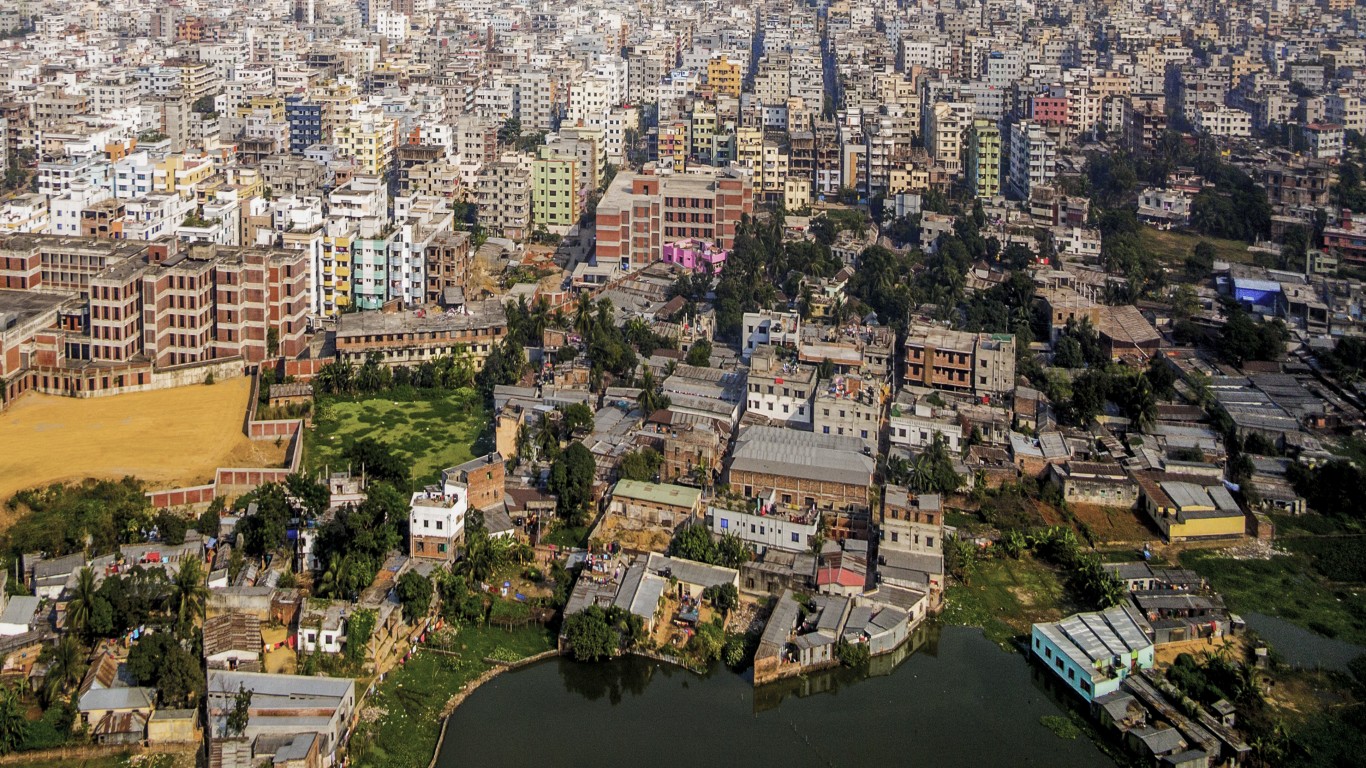
The disparity in wealth in Dhaka is well-known, as the poor can live in what can only be generously described as filthy, substandard conditions. The lack of healthcare and reliable food counters the idea that the wealthiest 5% in Dhaka own much of the country’s wealth.
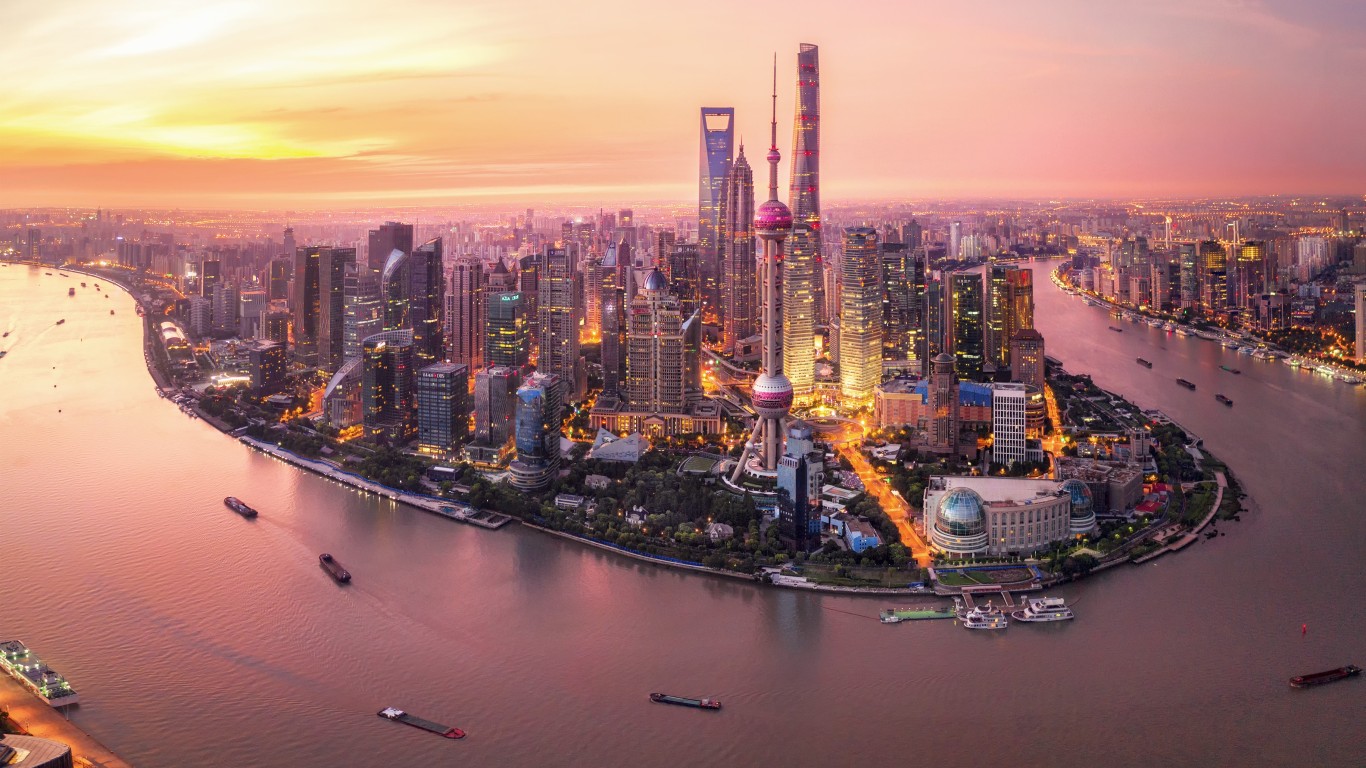
With almost 15% of Shanghai’s housing suffering from overcrowding, the country’s wealth gap is more prominent than ever. The wealthy can live in gated communities with multiple amenities and access to better healthcare, while the poor live in more outskirt zones with questionable safety.
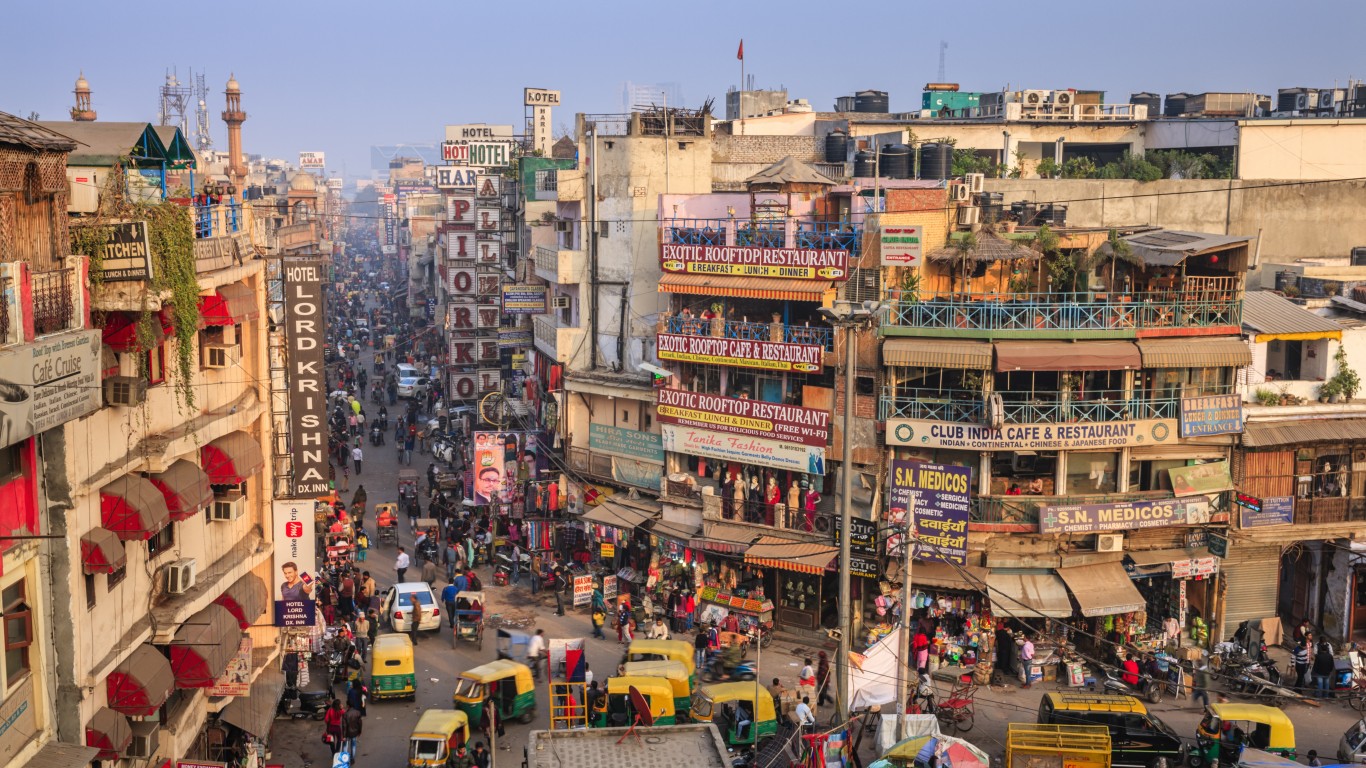
Delhi, the second-largest city in the world, can see the rich spend 15% of their income on healthcare, while the richest households only spend 1%. Educational gaps are also prominent, as wealthy children attend private schools while the poor attend overcrowded public schools that lack equipment. The poor in Delhi can also live in crowded slums without clean water.
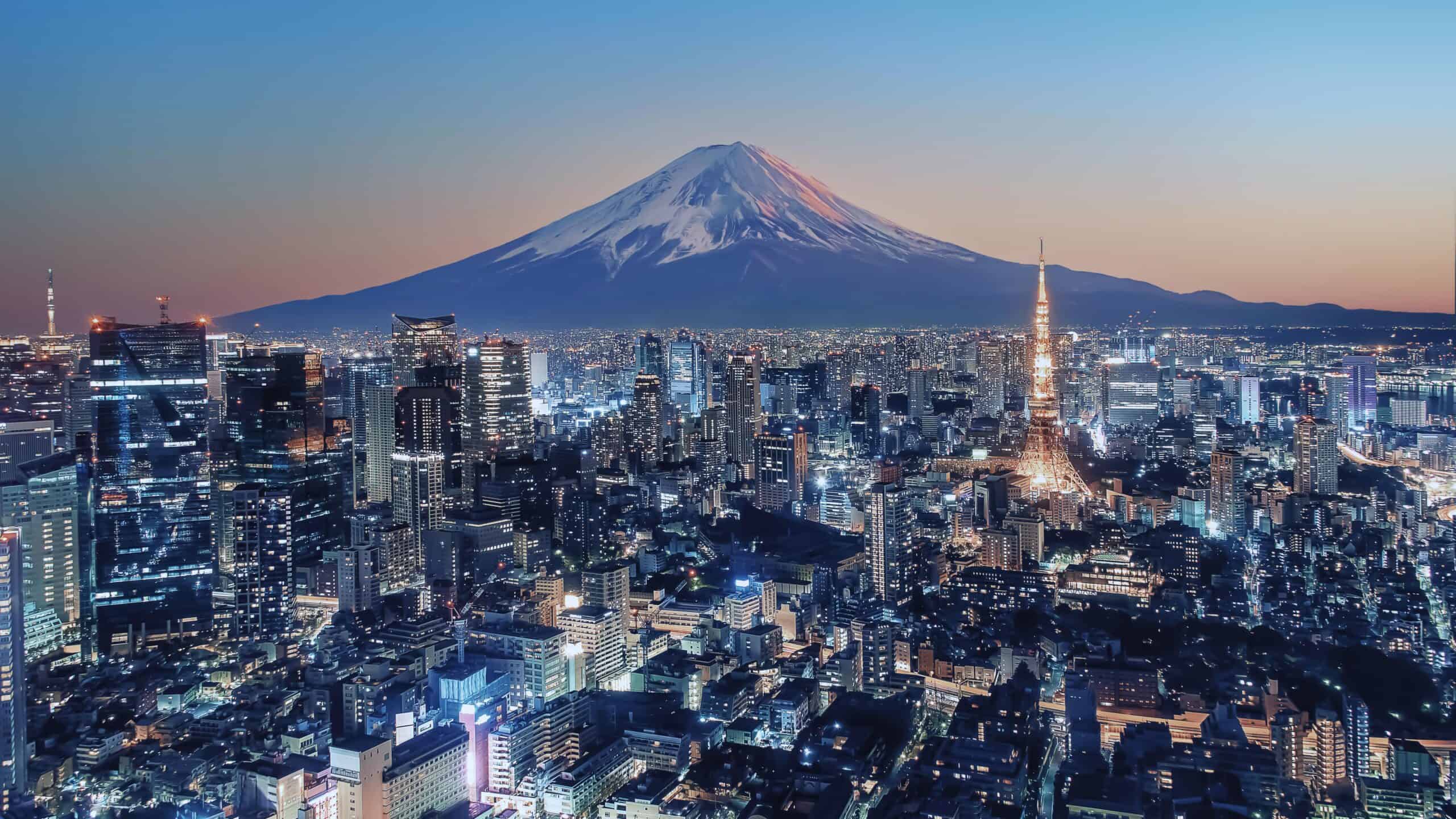
Tokyo has a lower level of income inequality than other large cities. The wealthiest may live in the central part of the city, but rising housing costs due to the growing population have forced the poor into shared apartments further from more central areas.
Retirement can be daunting, but it doesn’t need to be.
Imagine having an expert in your corner to help you with your financial goals. Someone to help you determine if you’re ahead, behind, or right on track. With SmartAsset, that’s not just a dream—it’s reality. This free tool connects you with pre-screened financial advisors who work in your best interests. It’s quick, it’s easy, so take the leap today and start planning smarter!
Don’t waste another minute; get started right here and help your retirement dreams become a retirement reality.
Thank you for reading! Have some feedback for us?
Contact the 24/7 Wall St. editorial team.